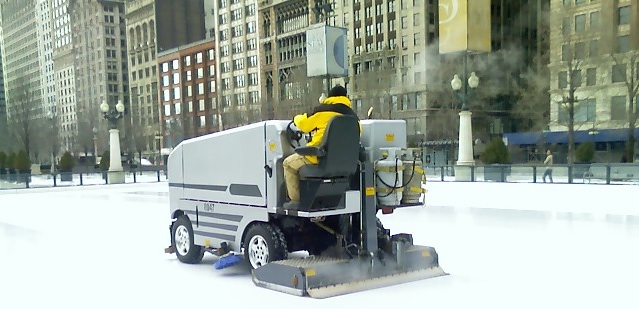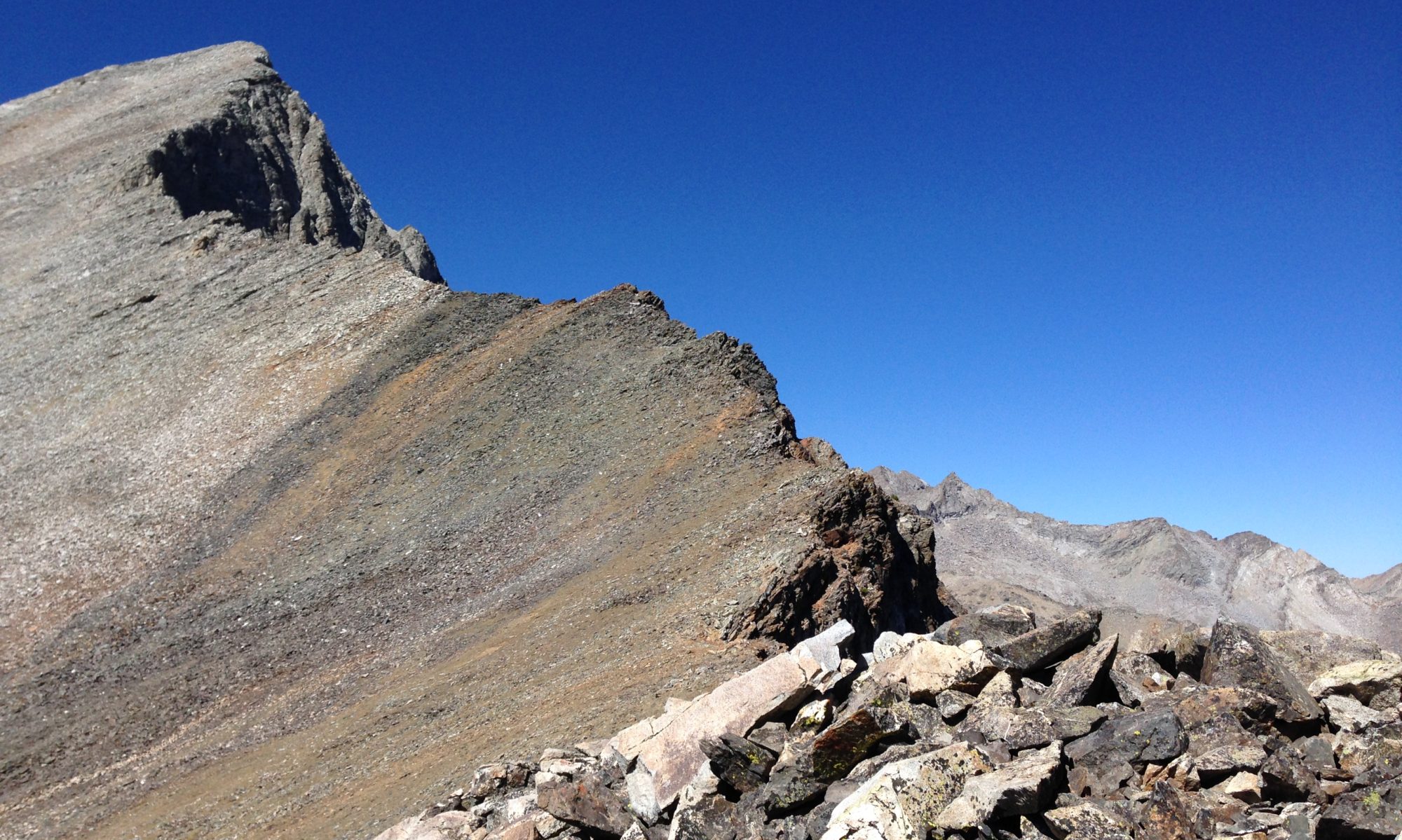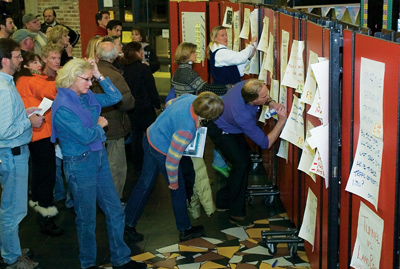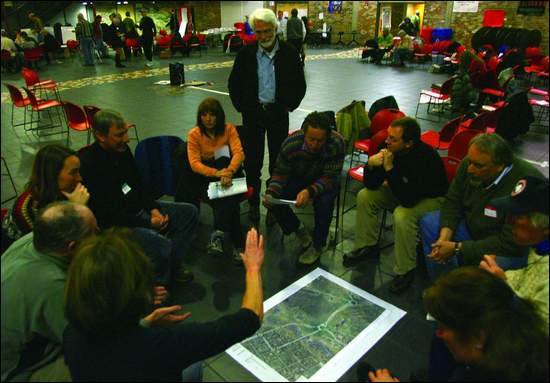
The end of a long week left me crazy restless Friday night. Needed to move. I told Jill I wanted to go ice skating (of all things) but the big City indoor rink doesn’t rent hockey skates. So that was out. As a last resort, I went out for a long walk along the Lake, in 4 degrees of cold, not counting the windchill.
Walked all the way downtown to Monroe, about 3 miles, where I was suddenly inclined to turn back into the City. At Michigan I turned back north, with no conscious destination in mind. Two blocks later I stumbled onto the new Millennium Park rink! I had only a light pair of cotton socks, so I couldn’t skate. But I dragged Jill back, in that same freezing cold, for her first-ever skate, last night. I loved it so much I went back today for four hours.
I grew up just north of Canada… in Detroit, that is. Dad used to flood the backyard for us to skate. Later we skated at a local rink. Must have been sixth grade, my family went to a Superbowl party at an ice rink. I spent the whole time trying to learn to do crossover turns. I fell a thousand times. Never did get the turns figured out. But the next time out, like magic, I could do them.
Same magic this year. Last night felt a bit stiff and unstable. Today, I’m bobbing and weaving and turning all over the place. As good as ever. What a blast.
And what is it about this crazy machine? Such fun to watch all the little kids mesmerized by the magic of it. This kid too.


